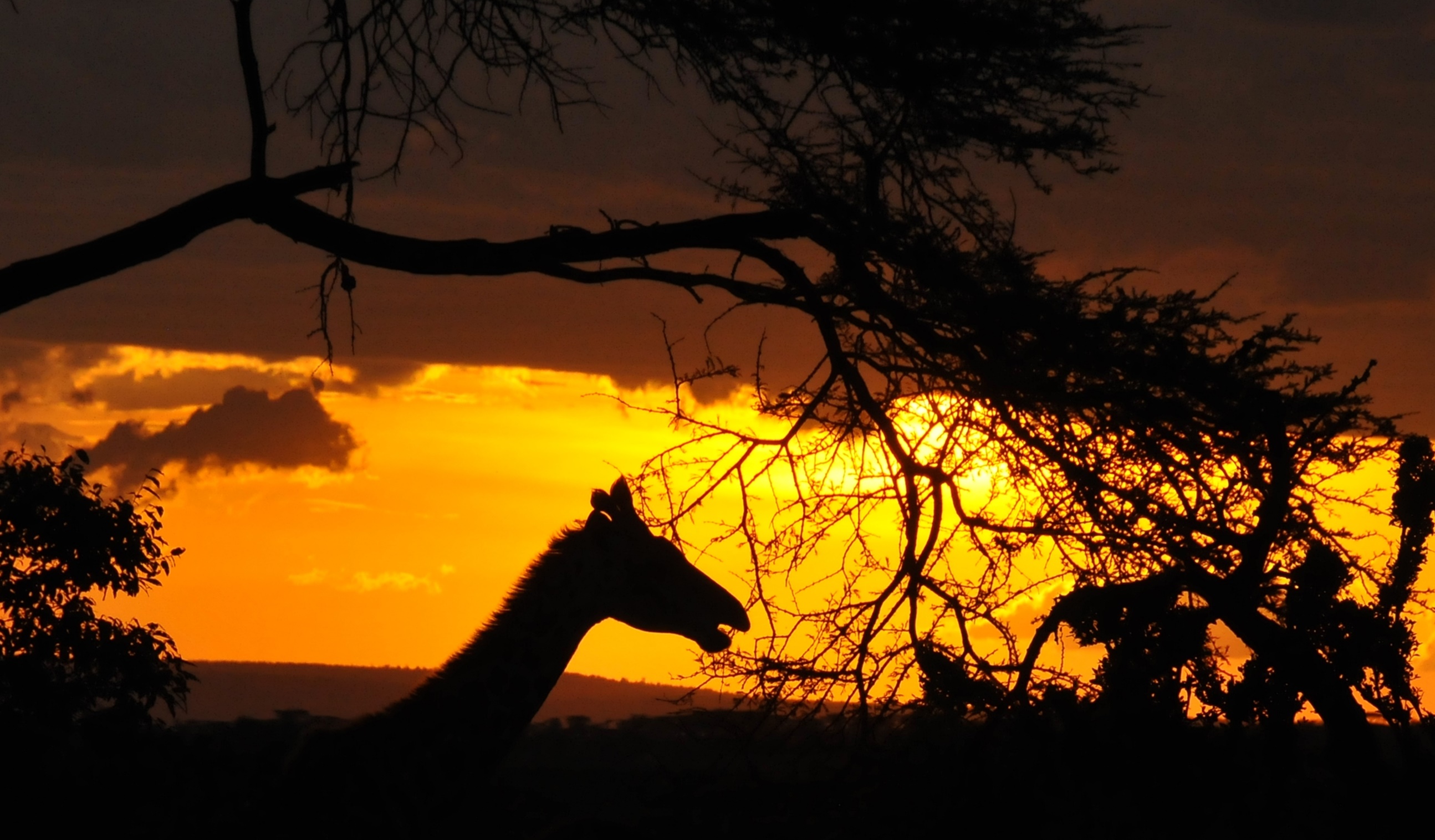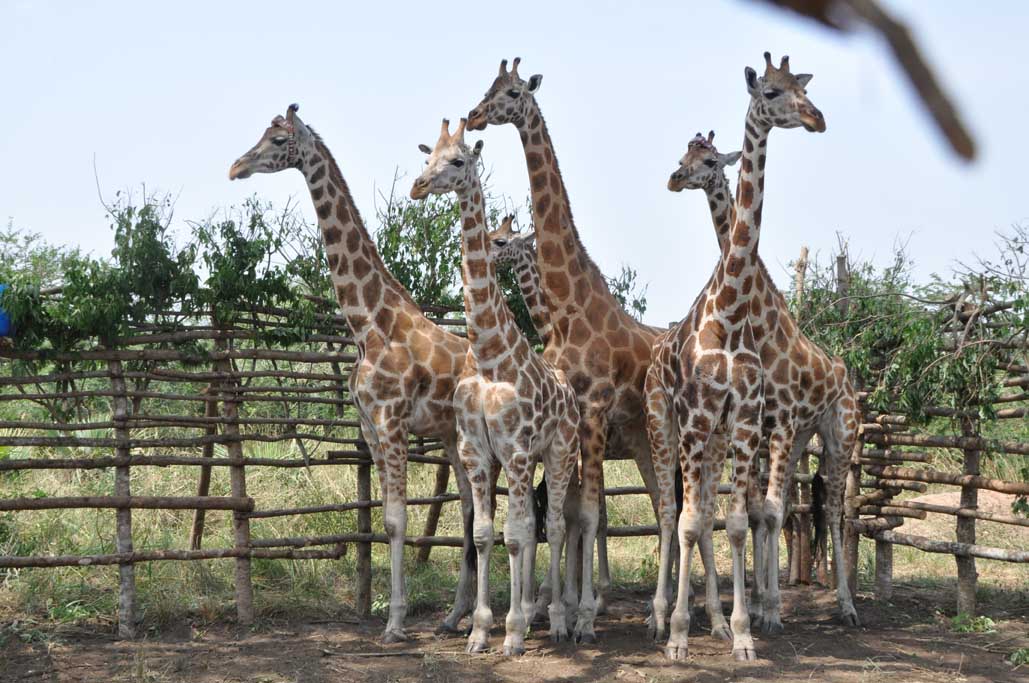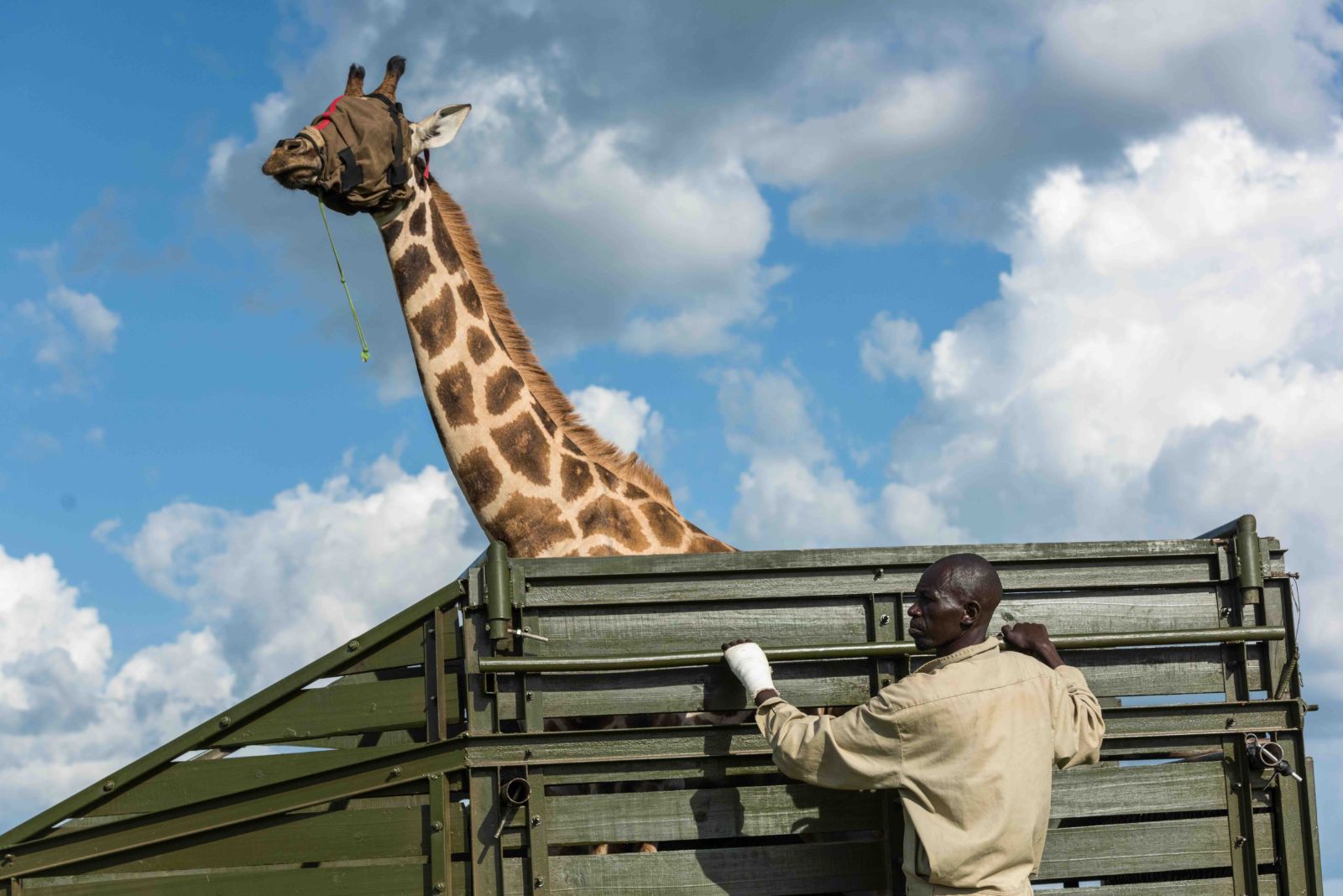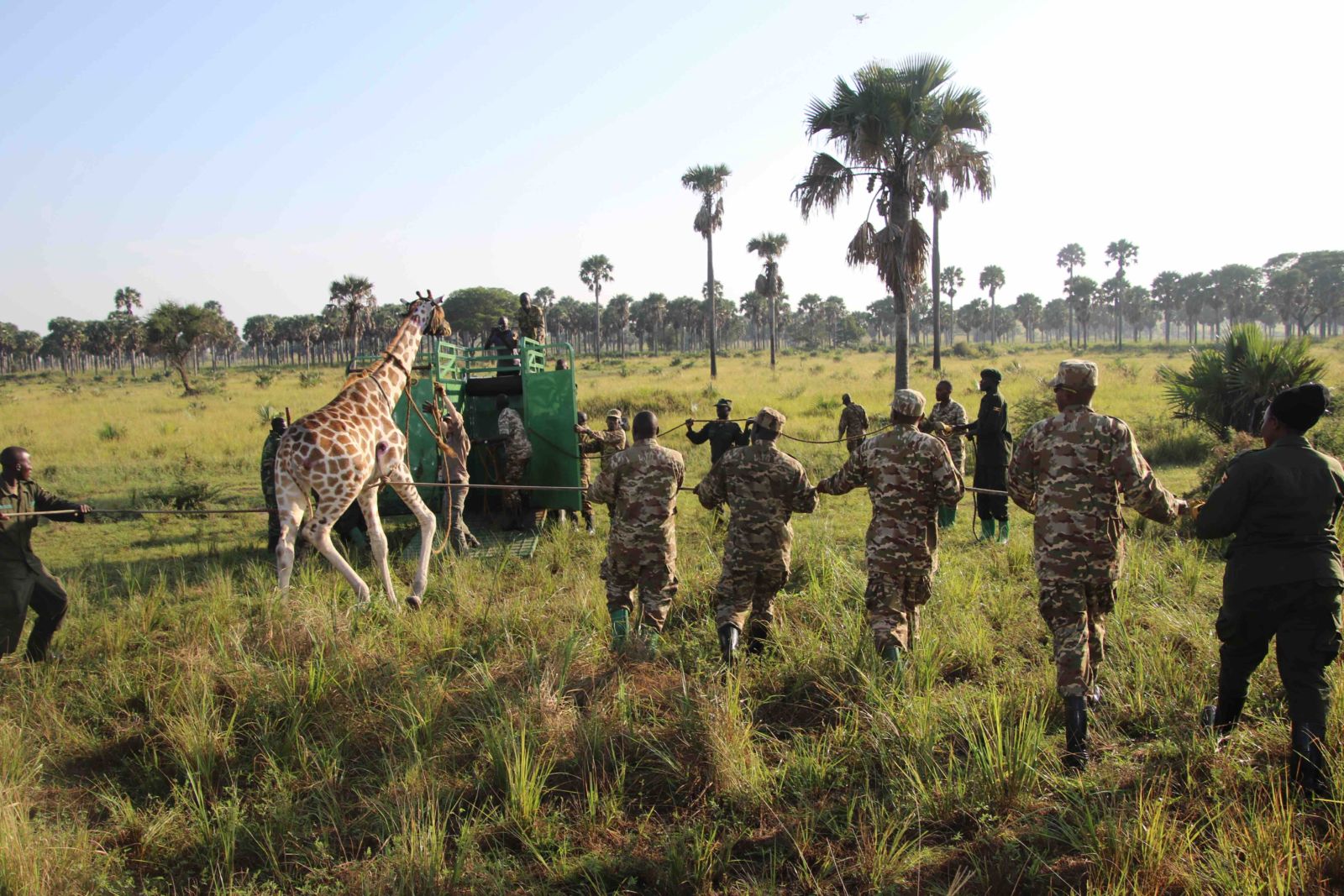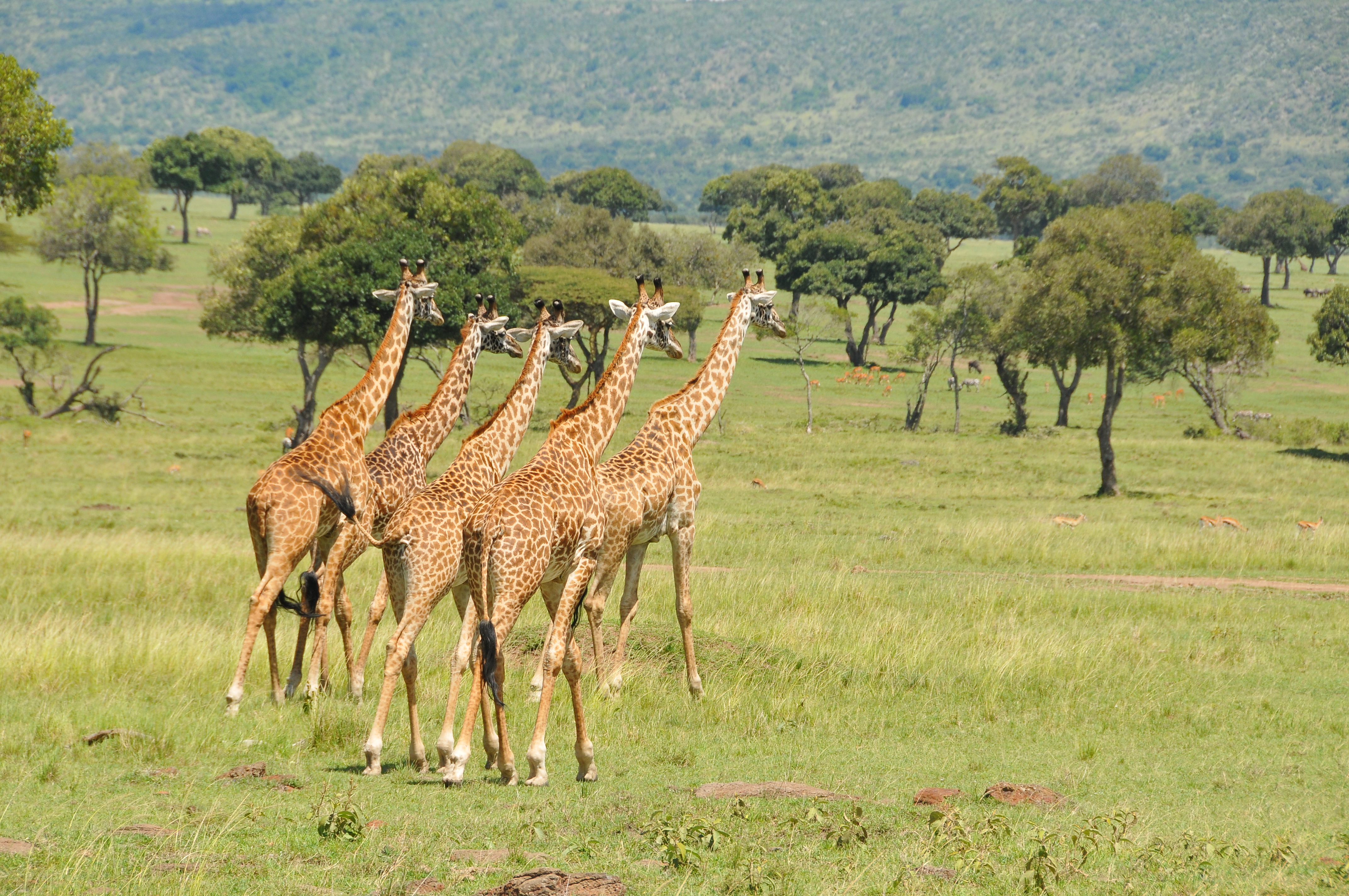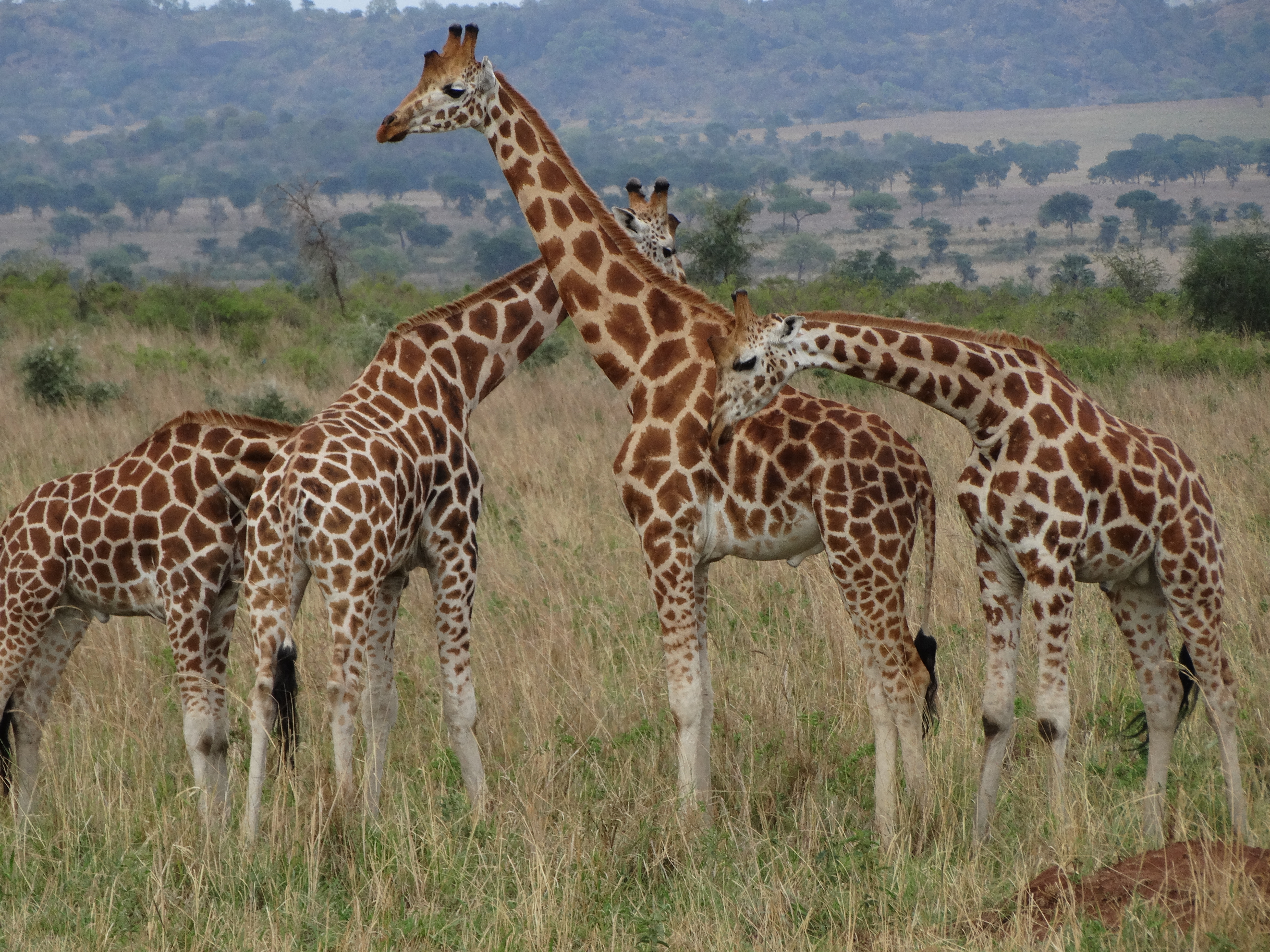How do you move a giraffe? Looking at the extreme measures needed to safeguard the critically endangered Nubian Giraffe this World Giraffe Day.
Based on the rate of decline, estimated at 95% in the last three decades, Nubian giraffe were, for the first time, listed on the IUCN Red List
World Giraffe Day is an annual event celebrating the longest-necked animal on the longest day or night (depending on which hemisphere you live) of the year – 21 June.
Not only is it a worldwide celebration of these iconic animals, but an annual event to raise support, create awareness and shed light on the challenges giraffe face in the wild. Threats include habitat loss, population fragmentation and degradation, poaching, disease, war and civil unrest.
This autumn GCF and Uganda Wildlife Authority will translocate around 15 Nubian Giraffe from Murchison Falls to Pian Upe in Uganda to establish a viable, free-ranging population. EAE has pledged to fund the translocation of one pair, as well as raising awareness about the giraffes decline through their events and exhibitions.
There are estimated to be only 155,000 giraffe worldwide. 3,000 of these are Nubian (Rothschild's) Giraffe, identified by their 'white socks'. Based on the rate of decline, estimated at 95% in the last three decades, Nubian giraffe were, for the first time, added to the IUCN Red List and listed as Critically Endangered in 2018.
HOW DO YOU MOVE A GIRAFFE?
Q&A with Dr Sara Ferguson, Conservation Researcher, Giraffe Conservation Foundation (GCF).
Dr Ferguson is heading up the Nubian Giraffe Translocation from Murchison Falls to Pian Upe in Uganda this autumn. The translocation is a joint GCF / Uganda Wildlife Authority (UWA) operation.
- How many Nubian giraffe are being moved?
Approximately 15 but ultimate decision on number will be decided by UWA as will the ratio of males/females to be moved.
- How are these selected?
We look for a specific size and age - mainly smaller subadults, between the ages of 2-4. Smaller individuals are easier to immobilise and move, and young enough to be weaned from the dam (female) but not yet at sexual maturity. Avoid any pregnant females is the goal. Individuals are usually selected during the translocation process. We go out with the UWA team and scan herds for individuals who would be suitable and make the choice out in the field.
- Can you give us a broad summary of the key stages of the translocation process?
1.Identifying appropriate translocation environment/destination (includes habitat assessment; park/reserve analysis; looks at historical or current presence of giraffe; threat assessment; community awareness and sensitization, etc.)
2.Government approval of translocation.
3.Route determination (road conditions, obstacles, duration).
4.Boma construction (corral to hold giraffe pre and post translocation).
5.Location determination and logistics (when is the best season to move the giraffe; how many individuals, what age/sex).
6.Logistical planning (transport truck assessment; chariot assessment; team organization; resource allocation and necessity).
- Can you outline the translocation process for us including capture and release?
We will plan on darting at least two giraffe on the same day to move to the boma (likely three or four if we can manage). Giraffe are social animals and will stress if left alone in the boma for an extended period of time.
We usually begin in the early morning when it is cool (around 7 am), drive to an area with giraffe (we scout this out the day before to identify some herds with good potential).
Once an individual is selected, it will be immobilised via a CO2 powered dart gun with etorphine HCl (M99), the drug usually takes about 3-6 minutes to take effect, then the ground team moves in to rope the darted giraffe and assist to the ground (this is quite an exciting process and it aids in reduction of injury to the giraffe).
The giraffe is then immediately reversed with the antidote naltraxone as a blindfold and ear plugs are placed and the giraffe is restrained with manpower on the neck and body. All giraffe also receive prophylactic antibiotic and antiinflammatory injections to reduce the impact of immobilisations.
Ropes are placed to help guide the giraffe once up into the transport chariot which is pulled by a tractor. Once the giraffe is on the transport chariot, the guiding ropes are removed and it is brought to the boma, the blindfold and ear plugs are removed and the giraffe is released into the boma where ample water and fresh browse are available.
Then the process is quickly repeated to have a companion as quickly as possible. Once there are at least two giraffe in the boma, we do not need to rush to get more giraffe so depending on temperature (if it is too hot) we may or may not continue that day.
Over the next few days we collect more individuals and add them to the boma (usually aiming to get 5 animals, maybe 10). There is always a rest day for the team and the giraffe to allow them to adjust to the boma and transport truck (situated where the giraffe can access it while in the boma).
Five individuals are loaded up onto the transport truck and driven to their new destination (Pian Upe is approximately a10-12 hour drive away from Murchison Falls).
There will be another boma at the reserve where the giraffe will be placed overnight to allow them to get a good drink of water, food, and recover from the drive. UWA will determine how long they would like the giraffe to remain in the boma prior to release into Pian Upe.
Then the process is repeated until we have the entire herd transported. UWA rangers will then monitor the giraffe closely, making sure they do not immediately try to leave the reserve and adjust well.
How many staff are involved?
A huge team from UWA and a moderate team from GCF -- unsure on the actual number of individuals but usually enough to have two grounds teams (6-10 rangers each), three to four veterinarians, two drivers, 3-6 researches gathering biological data...
It is a huge process!
What does the project cost?
We estimate the whole operation to cost just over $100,000 USD. Each giraffe costs approximately $6, 700 to move.
For more information about the giraffe translocation in Uganda, or about the Explorers against Extinction 2019 campaign please contact Trustee Sara White on 01603 964985 sara@explorersagainstextinction.co.uk
Press release distributed by Pressat on behalf of Explorers Against Extinction, on Wednesday 19 June, 2019. For more information subscribe and follow https://pressat.co.uk/
Extinction World Giraffe Day Giraffe Conservation Wildlife Uganda Nubian Giraffe Giraffe Conservation Murchison Falls Pian Upe Charities & non-profits Environment & Nature Travel & Tourism
Published By

01692 218189
sara@realworldconservation.org.uk
https://explorersagainstextinction.co.uk/
07801439693 (Sara Mobile)
Visit Newsroom
You just read:
How do you move a giraffe? Looking at the extreme measures needed to safeguard the critically endangered Nubian Giraffe this World Giraffe Day.
News from this source:


